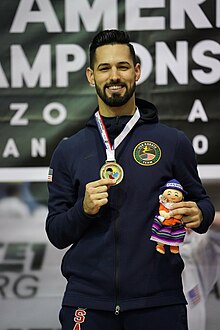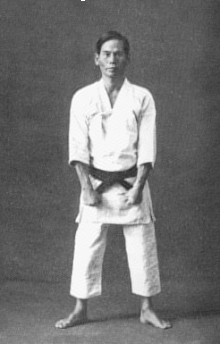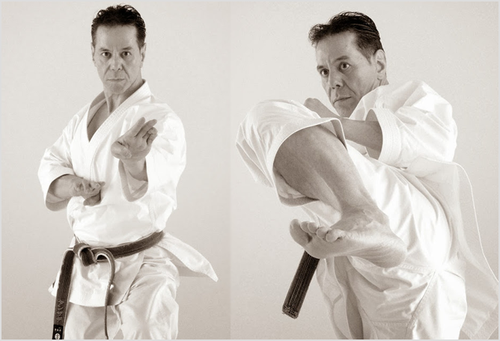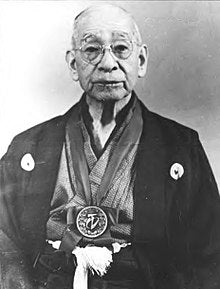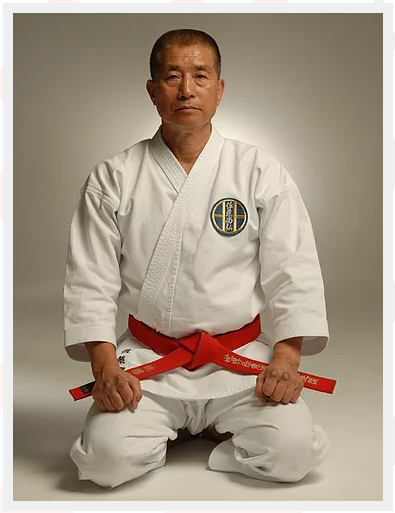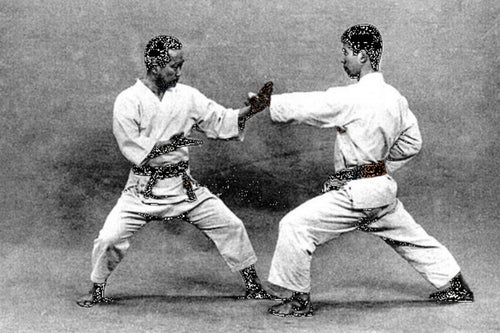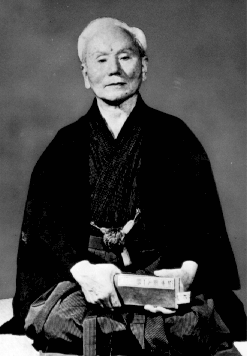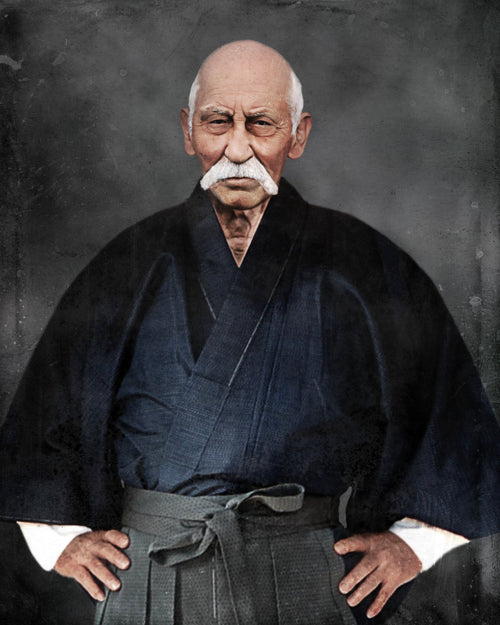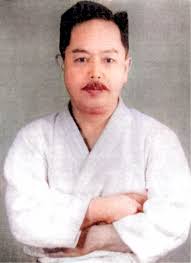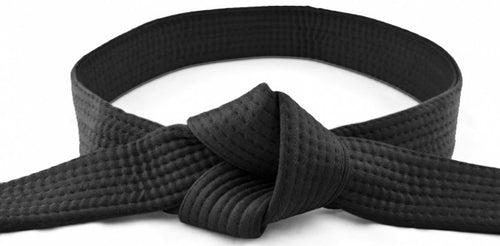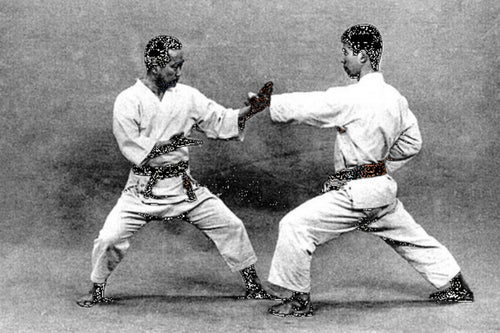Martial arts encompass a wide range of disciplines, each with its unique techniques, philosophies, and training methods. Among these, Karate stands out as a distinct martial art with its own characteristics and principles. In this article, we will explore the differences between Karate and other martial arts to help you better understand how they vary in terms of origin, techniques, and philosophy.
Origin and History
Karate
Karate originated in Okinawa, Japan, and its history is deeply rooted in the cultural exchange between Okinawa and China. It was influenced by Chinese martial arts, and this influence is evident in its techniques, particularly in the striking and blocking moves. Karate places a strong emphasis on discipline, respect, and self-control.
Other Martial Arts
Other martial arts have diverse origins, and their history can be traced back to various countries and cultures. For example, Taekwondo comes from Korea, Muay Thai from Thailand, and Brazilian Jiu-Jitsu from Brazil. These arts have their unique traditions, philosophies, and training methodologies.
Techniques and Focus
Karate
Karate primarily focuses on striking techniques, such as punches, kicks, knee strikes, and elbow strikes. It also includes various defensive moves like blocks and parries. The striking techniques in Karate are designed to be precise and efficient, aiming to neutralize opponents quickly.
Other Martial Arts
Other martial arts may emphasize different techniques. For instance, Taekwondo is known for its high, fast kicks, Muay Thai for its powerful strikes, and Brazilian Jiu-Jitsu for ground fighting and submissions. The techniques in each martial art are tailored to the art's specific goals and principles.
Training and Sparring
Karate
Karate training often involves practicing katas, which are pre-arranged forms or patterns that help improve technique and muscle memory. While sparring is a part of Karate training, it is usually point-based and focused on precision rather than full-contact fighting.
Other Martial Arts
Other martial arts often incorporate live sparring, which can range from controlled, point-based sparring to full-contact fighting in the case of sports like MMA (Mixed Martial Arts). This live sparring allows practitioners to test their techniques in realistic situations.
Philosophy and Principles
Karate
Karate places a strong emphasis on philosophical principles, including respect, humility, and self-discipline. Practitioners are encouraged to apply these principles in their daily lives, making Karate not just a physical art but a way of life.
Other Martial Arts
Other martial arts may have their philosophical underpinnings, but these can vary widely. For example, Brazilian Jiu-Jitsu emphasizes the concept of leverage and technique over brute strength, while Taekwondo values courtesy and integrity.
Uniform and Belt System
Karate
Karate practitioners typically wear a white uniform called a gi. The belt system in Karate follows a progression from white (beginner) to black (expert), with various colored belts in between, each signifying a level of proficiency.
Other Martial Arts
Other martial arts have their own uniform and belt systems. For instance, Taekwondo practitioners wear a white uniform with a dobok, and Brazilian Jiu-Jitsu uses a colored belt system similar to Karate.
Conclusion
In conclusion, Karate is a unique martial art with its distinct history, techniques, and philosophy. While it may share some similarities with other martial arts, it stands apart in its emphasis on striking techniques, discipline, and the application of its principles in daily life. Understanding these differences can help individuals choose the martial art that aligns best with their goals and values.
Get Access Now: https://bit.ly/J_Umma
Frequently Asked Questions (FAQs)
1. Which martial art is better, Karate or other martial arts?
There is no definitive answer to this question as the choice of martial art depends on individual goals and preferences. Each martial art offers unique benefits and advantages.
2. Can you practice multiple martial arts simultaneously, like Karate and Taekwondo?
Yes, it's possible to practice multiple martial arts, but it can be demanding. It's essential to ensure that the training doesn't lead to conflicting techniques or principles.
3. Are there martial arts that combine elements of Karate and other styles?
Yes, some martial arts, like Kickboxing and MMA (Mixed Martial Arts), incorporate elements of Karate alongside other martial arts to create a versatile fighting style.
4. Is it possible to cross-train in Karate and other martial arts to enhance self-defense skills?
Cross-training can be a valuable approach to develop a well-rounded skillset. Combining Karate with other martial arts can provide a broader range of techniques and strategies for self-defense.
5. Can children practice Karate and other martial arts safely?
Yes, many martial arts schools offer classes tailored to children, emphasizing discipline, respect, and character development alongside physical techniques.



